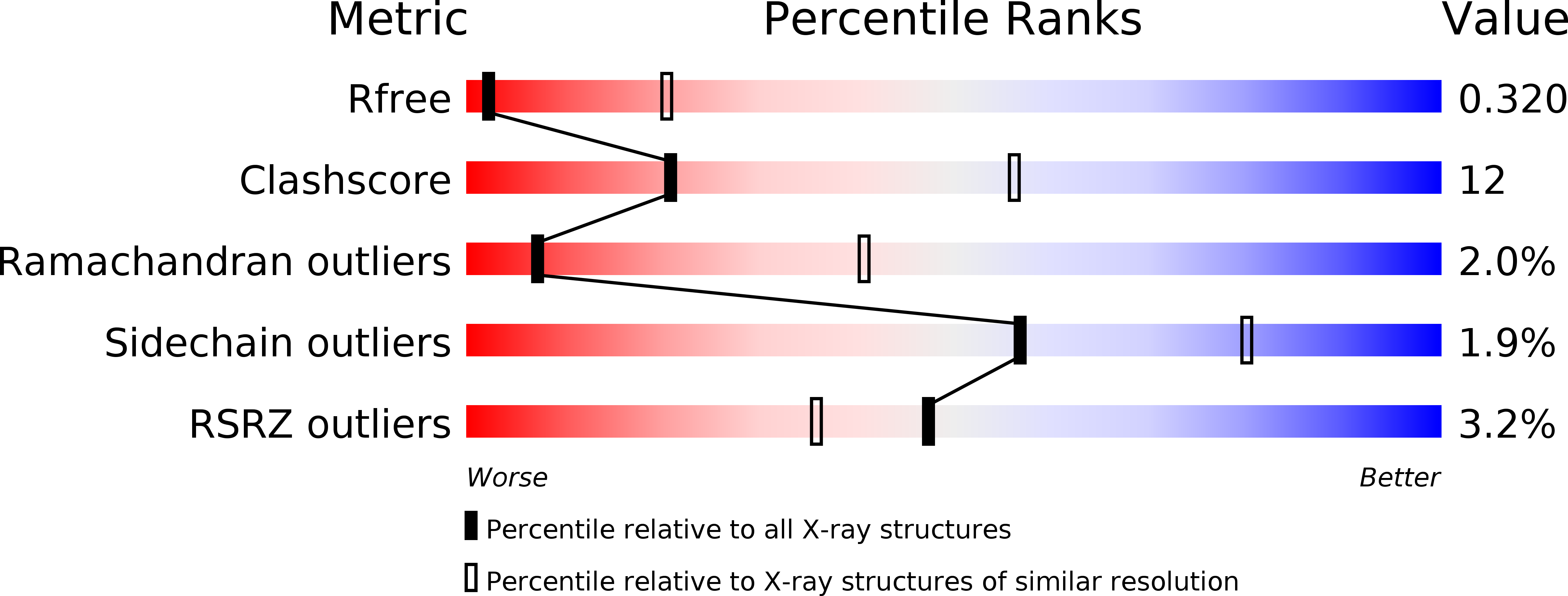
Deposition Date
2018-06-19
Release Date
2019-01-30
Last Version Date
2023-10-11
Entry Detail
PDB ID:
6DU6
Keywords:
Title:
Crystal structure of the pyruvate kinase (PK1) from the mosquito Aedes aegypti
Biological Source:
Source Organism:
Aedes aegypti (Taxon ID: 7159)
Host Organism:
Method Details:
Experimental Method:
Resolution:
3.51 Å
R-Value Free:
0.31
R-Value Work:
0.27
R-Value Observed:
0.27
Space Group:
P 21 21 21


